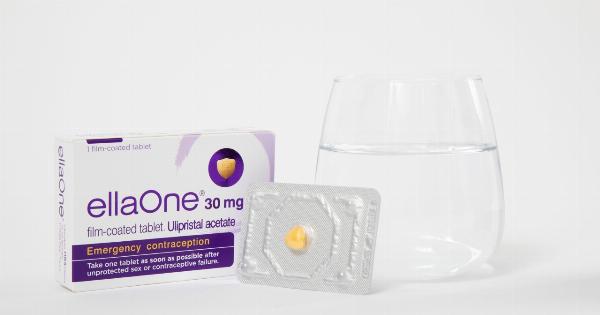Period pain, or dysmenorrhea, is a common issue faced by many women during menstruation. For some, it can be a minor discomfort that is easily managed. But for others, it can be severe, debilitating and interfere with daily life.
Despite being a widespread issue, the research on the cause of period pain has been limited. However, recent studies have shed new light on this topic, unravelling the secrets behind this common health problem.
What is Period Pain?
Period pain is the discomfort in the lower abdomen which women experience during their menstrual cycle.
The severity of period pain varies widely, with some women experiencing only mild discomfort, while others may encounter severe cramping, nausea, vomiting, headaches, and dizziness.
The pain occurs mainly due to the contraction of the uterus, which helps to shed the lining of the womb during menstruation.
The body releases hormone-like substances known as prostaglandins, which stimulate the uterine muscles to contract and cause pain and inflammation.
What Are the Causes of Period Pain?
Before recent research, the causes of period pain were believed to result from lifestyle and emotional factors. However, modern studies have identified some specific causes for menstrual cramps.
Prostaglandins
Prostaglandins are hormone-like substances that are synthesized during menstruation. They cause the uterus to contract, leading to period pain, among other symptoms. The higher the prostaglandin levels, the more severe the pain.
Oxytocin
Oxytocin is a hormone that helps promote childbirth. It also stimulates contractions in the uterus, resulting in period cramps and pain.
Endometriosis
Endometriosis is a condition where endometrium tissue, which lines the uterus, grows outside the uterus. This disrupted growth can cause severe menstrual cramps and is a significant cause of infertility in women.
Uterine Fibroids
Uterine fibroids are non-cancerous tumours that grow on the womb. They may cause increased bleeding during menstruation and severe cramping.
Intrauterine Devices (IUD)
An IUD is a small, T-shaped device that is inserted into the uterus for birth control. While it is a reliable form of contraception, it can cause severe cramping during menstruation.
Cervical Stenosis
Cervical stenosis occurs when the cervix is abnormally narrow, making it difficult or impossible for menstrual blood to pass through. This condition can result in severe pain, cramping, and increased blood clots.
Treatments for Period Pain
The treatment of period pain varies, depending on the severity and causes of the pain. Over-the-counter pain medication such as ibuprofen, aspirin, and acetaminophen can be used to manage mild- to moderate-level period pain.
Hormonal birth control, particularly oral contraceptives, are also effective in reducing period pain and regulating menstrual periods. Surgery to remove uterine fibroids or endometriosis tissue may be necessary in severe cases.
Lifestyle modifications such as a healthy diet, regular exercise, and stress management can also help to minimize period pain. Applying heat to the lower abdomen and taking a warm bath may help to ease cramping.
Additionally, some alternative therapies including acupuncture, chiropractic care, and massage therapy can help to alleviate period pain in some cases.
Conclusion
Period pain is a common issue that affects a significant proportion of women. Research into its causes has identified specific factors, including hormonal imbalances, uterine abnormalities, and lifestyle factors.
While treatment options vary, there are various ways to manage and reduce period pain. Women can work with their healthcare providers to determine the best course of treatment for their condition.

























